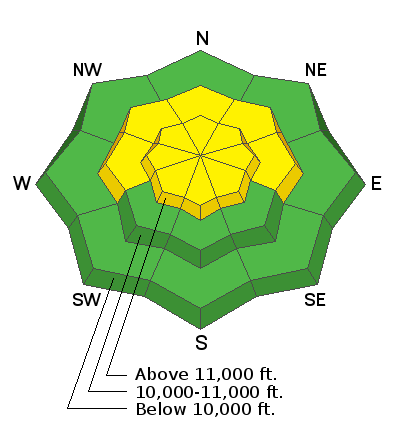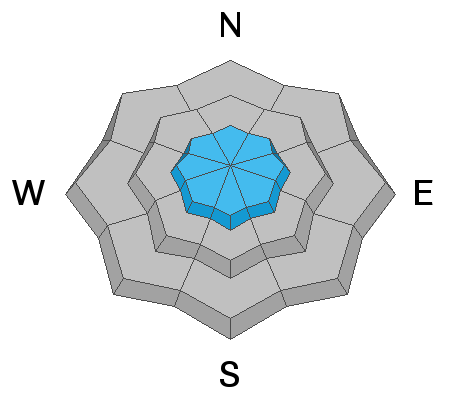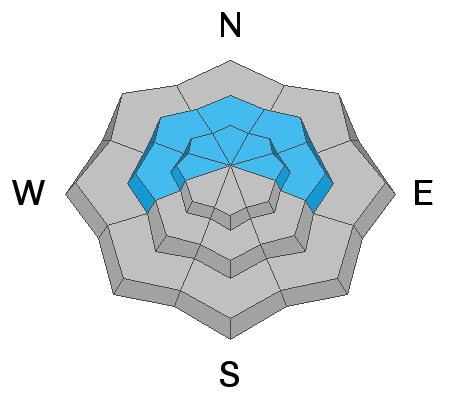Road Conditions: The road has not been plowed. Expect a few inches of new snow in the road with up to 6" at the parking lot.
Grooming: Trails have not been groomed.
If you rely on the UAC forecasts each day you get out, consider making a donation during our
Spring Awareness Campaign to help us continue providing the avalanche forecasts and education you rely on.
The UAC encourages everyone to follow direction from federal, state, city and county officicals. The following is from Joe Dougherty, spokesman for the
Utah Division of Emergency Management:
Though outdoor recreation is still permitted under the governor’s Stay Safe/Stay Home directive, we recommend that people maintain a distance of at least 6 feet.
Be extra cautious to avoid injuries outdoors. We are working with our hospital systems to conserve as much personal protective equipment as possible in case of hospitalizations.
Most outdoor injuries can be prevented. Know the conditions and know your limits so you don’t end up in a hospital.
24 Hour Snow 2" Weekly Snow 12" Base Depth in Gold Basin 72" Wind S 10-20 Temp 18F
Weather: Friday's storm brought 8"-12" of low-density cold smoke to the mountains with light flurries yesterday morning producing another inch or two. Moderate to strong NW winds began to taper off yesterday morning and were relatively light most of the day. Overnight they shifted to the SW blowing in the 10-20 mph range. Today, an upper-level trough on the Pacific Coast will weaken as it moves across the Great Basin and into our region today. We'll see mostly cloudy skies with snow showers likely by this afternoon. Accumulations should be light with 1"-2" possible. Southerly winds will be mostly light and high temps will be in the low 30's. Scattered showers should linger through tonight and into tomorrow with gradually clearing skies throughout the day. Dry and warming conditions extend through midweek.
The sun did not make much of an appearance yesterday and it felt like a January winter day up there. The most recent snow is very low density, and in spite of the depth, you can still feel the bottom except in areas where it was still soft underneath. Dave Garcia and company were also out and about and they
sent in this observation.
Snowpack: I and observers yesterday found the most recent snow to be pretty well behaved. It had not formed a cohesive slab and there was no evidence of sluffing. Fresh wind drifts however have formed on all aspects at upper elevations. Dave Garcia noted that on south aspects, drifting was isolated to just below ridge crests. March has brought a significant amount of snow with up to 3' falling since the 18th. All of this snow has piled up on a snowpack that in many areas is comprised largely of weak, sugary, faceted snow. Weak snow can be found on all aspects but the weakest snow exists on northerly facing slopes right around treeline and below. Alpine areas generally have a deeper and stronger snowpack, especially out in the middle of concave bowls. However, slope margins, wind-swept areas, and areas right around rocks, cliffs, or sub-ridges have a much thinner snowpack. Weak, faceted snow exists in these areas. The recent spate of natural and human triggered avalanches in the alpine have included areas of wind drifted snow that have propagated into areas with weak, faceted snow.
The San Juan Mountains experienced a round of natural activity on Thursday brought on by strong southerly winds. Many slides broke into old, weak snow, just like this large natural avalanche that occurred in
Red Snow Cirque last Saturday. With a similar snowpack structure over here, we need to be continually aware of the potential for this type of avalanche.













